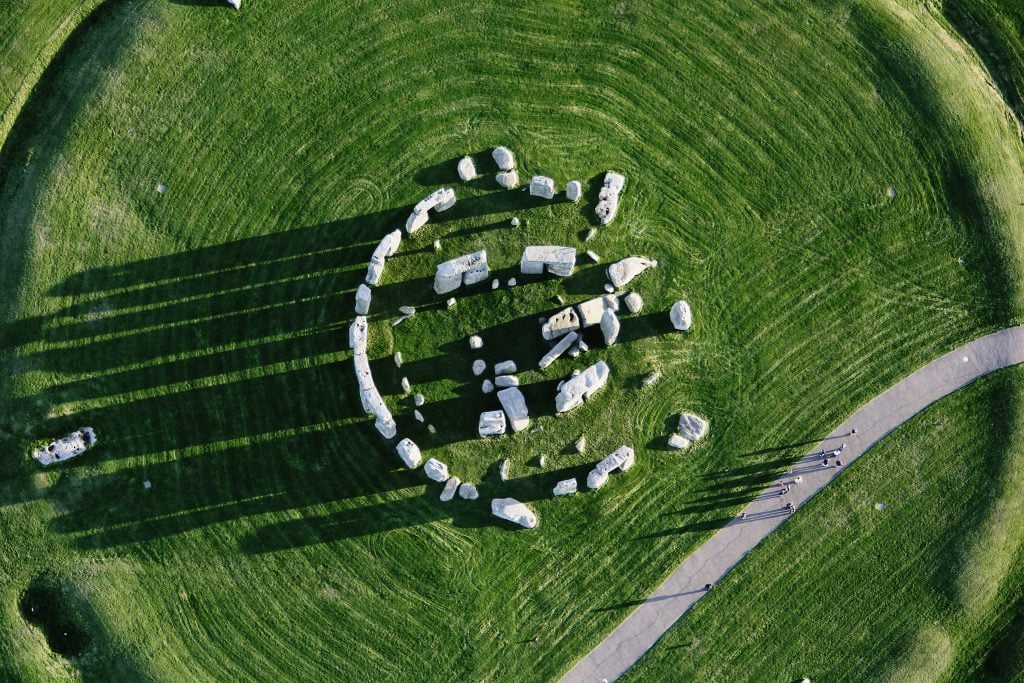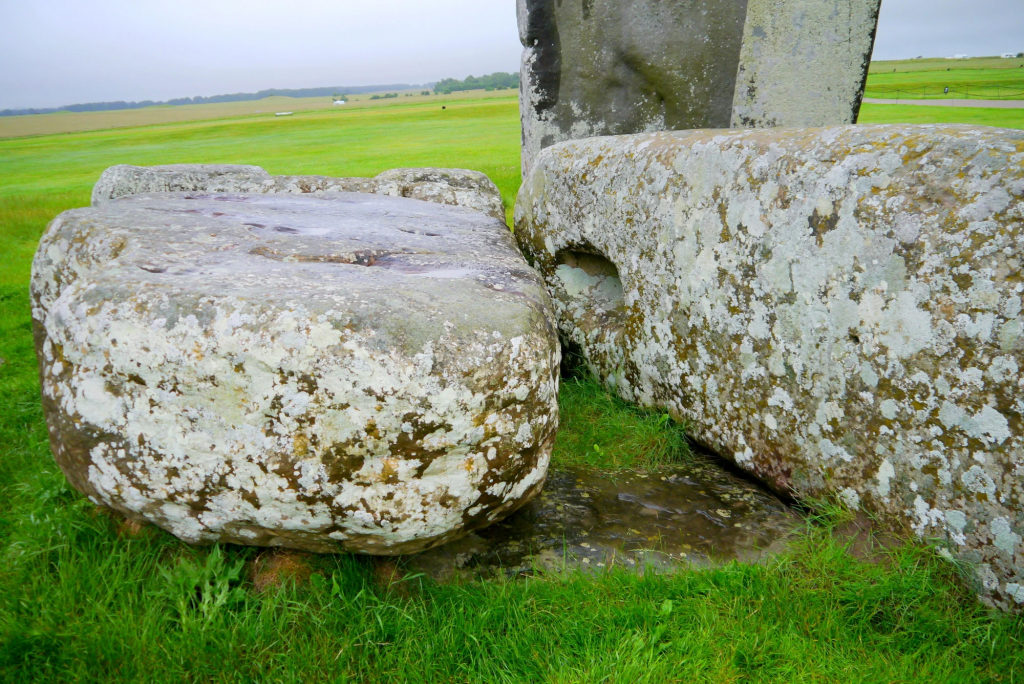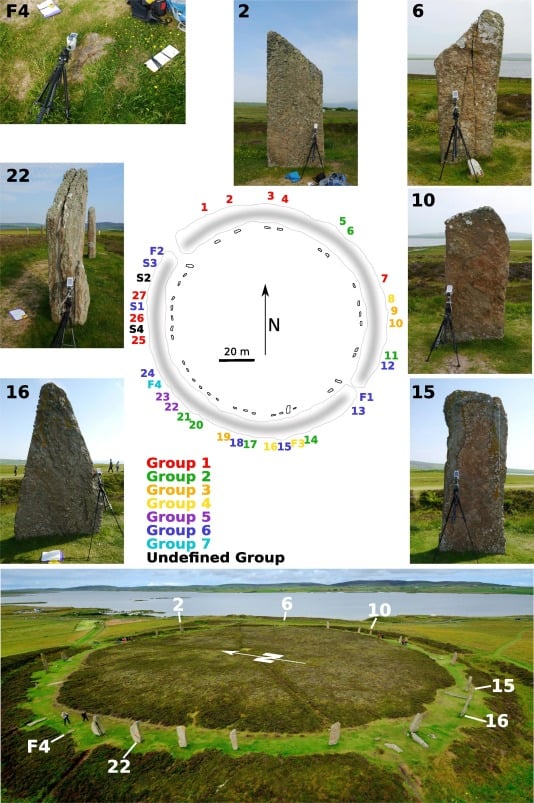Archaeology & History
A Study Claimed Stonehenge’s Megalith Was From Orkney. Not So, Says New Research
It’s still believed the altar stone originates from the Orcadian Basin.

From the moment Stonehenge was rediscovered in the Middle Ages, locating the origin of its megaliths has been an obsession. In his 12th century chronicle of Britain, Geoffrey of Monmouth claimed King Uther transported the stones from Ireland with help from his son, Arthur. Twentieth-century academics credited glaciers, their unconventional counterparts pointed to aliens.
Geochemical analysis disagrees, offering a more complex picture: multiple sources. The small bluestones have been matched to quarries in southwest Wales, some sandstones connected an area 15 miles north of Stonehenge, others (the largest) to the site itself.
In mid-August, scientists declared one of the altar stones had been transported from the Orkney Islands. It was a stunning discovery, one promising to rewrite the story of Neolithic Britain. Now, a separate study has found the islands off northern Scotland are not the source.

The altar stone is buried under two sarsen stones. Photo: Nick Pearce.
The research, published in the Journal of Archaeological Science, used portable X-rays to analyze megaliths at the Stones of Stenness and the Ring of Brodgar, two of the Orkney Islands’s major megalithic sites. These results were then compared with the composition of the altar stone. “Despite considerable evidence for long-distance communications between Orkney and Stonehenge around 3000/2900 B.C.E,” the authors wrote. “The Altar Stone was not sourced from Mainland Orkney.”
Along with the bluestones, the altar stone, a 16-foot long, six-ton grey-green sandstone, has been identified as exotic to the Wiltshire landscape in which Stonehenge sits since the 1920s. The stone occupies an unusual position, resting at the center of the monument, though separate from the bluestone circle and bluestone horseshoe. Its composition, size, weight, and age also indicated it was different from the bluestones. Later identified as an old red sandstone, it was long thought to have been transported from a separate site in southwest Wales.

A labelled arrangement of Stonehenge’s exposed megaliths. Photo: Curtin University.
A study in 2022 ruled out this possibility and called for future research to broaden its horizons. Scientists did just that, linking the sandstone megalith’s age and grain composition to the Orcadian Basin, a formation some 400 miles north of Stonehenge. Given the islands were a major Neolithic cultural center, they seemed a logical place to start. What’s more, evidence of interaction between Stonehenge and Orkney is rich and longstanding.
“They shared styles of material culture, such as decorated pottery called Grooved Ware,” said Richard Bevins, a lead author of the paper said via email. “There is a macehead at Stonehenge which is likely to have been manufactured on Orkney, and a similarity in domestic architecture of Orkney and Durrington Walls, which is thought to have housed Stonehenge builders.”

Map of the Ring of Brodgar with labels showing stone numbers colour-coded to indicate the petrographic groups. Photo: Nick Pearce.
What the latest analysis has revealed is that the Stones of Stenness appear to have been sourced from the Upper Stromness Flagstone Formation, gray and tan rocks ranging from mudstones to sandstones in the Orkney Islands, and the Ring of Brodgar seems to have been sourced from both the Upper and Lower Stromness Flagstone formations. Identifying a more specific site, the researchers wrote, will be a challenge.
As for Stonehenge’s altar stone, Bevins believes identifying a source will be a great challenge, though not an impossible one. “The Orcadian Basin covers an enormous area in northeast Scotland,” Bevins said. “However, we have a chemical and mineral ‘fingerprint’ for the altar stone and we intend to utilize these characteristics to provide us with target areas to focus our attention on.”





